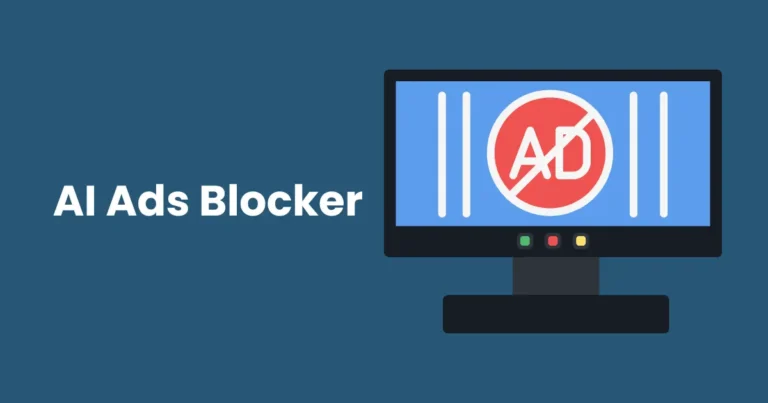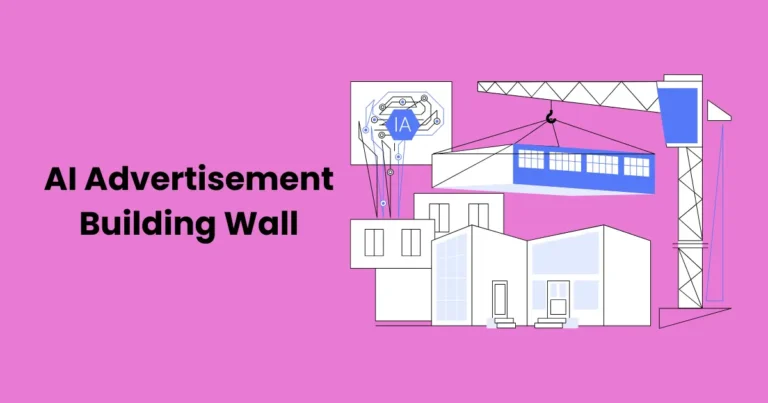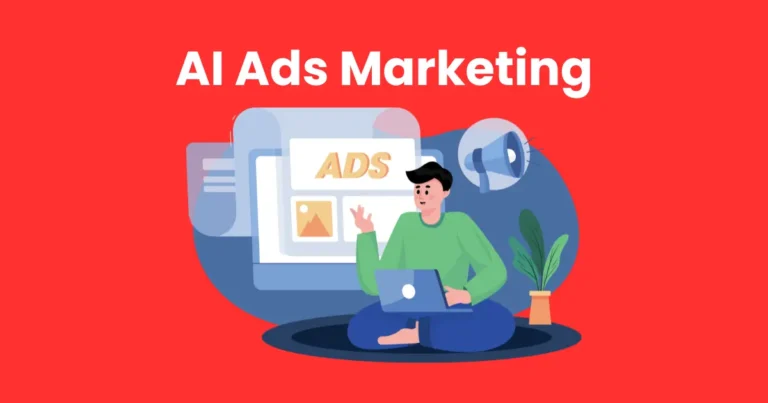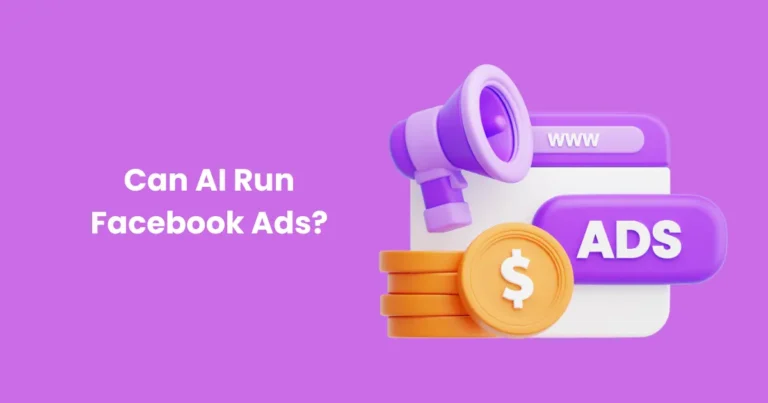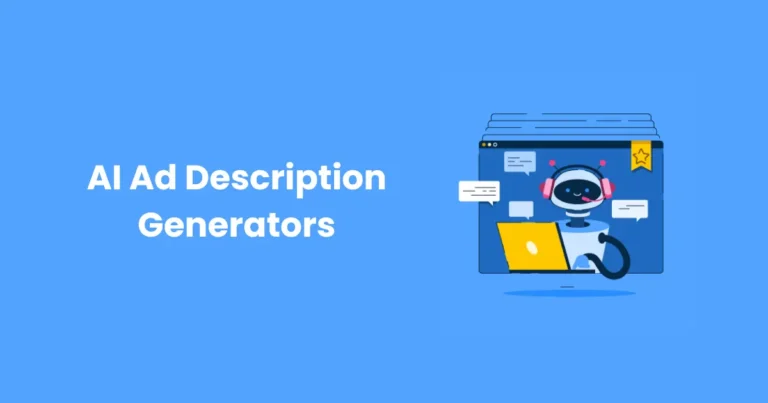Can I use AI-generated Art Commercially? | Best guide in 2024
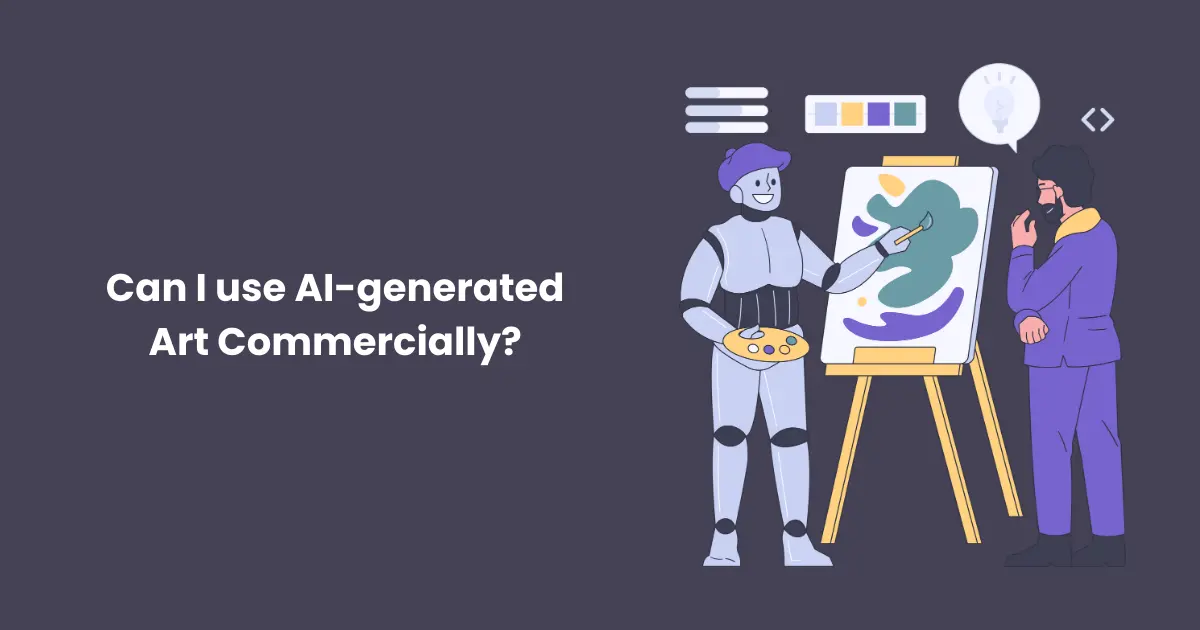
Contents
- 1 Understanding Commercial Rights for AI-Generated Art
- 2 Legal Considerations
- 3 Where Can You Use AI-Generated Art Commercially?
- 4 Platforms Allowing Commercial Use of AI Art
- 5 Benefits of Using AI-Generated Art Commercially
- 6 Best Practices for Commercial Use of AI-Generated Art
- 6.1 1. Understand Platform Terms and Conditions
- 6.2 2. Stay Informed About Copyright Laws
- 6.3 3. Balance AI with Human Creativity
- 6.4 4. Focus on Ethical Usage
- 6.5 5. Conduct Rigorous Quality Control
- 6.6 6. Diversify Your Creative Tools
- 6.7 7. Protect Your Assets
- 6.8 8. Optimize for Your Audience
- 6.9 9. Keep Up with Technology Advancements
- 6.10 Conclusion
In recent years, AI-generated art has revolutionized the creative industry, sparking debates about its potential uses and legal implications. Many creators, entrepreneurs, and businesses wonder, “Can I use AI-generated art commercially?” This question is especially relevant as AI tools like DALL·E, MidJourney, and Stable Diffusion grow in popularity, making art creation faster and more accessible than ever before.
AI-generated art refers to visual content produced by artificial intelligence using algorithms trained on vast datasets. These tools can generate stunning and unique pieces, providing businesses with cost-effective solutions for marketing, branding, and product design. But before you dive in, it’s crucial to understand the legalities, copyright issues, and ethical considerations surrounding the commercial use of AI art.
This article will explore whether you can use AI-generated art commercially, examining legal aspects, licensing agreements, and the best practices to ensure compliance. With the proper knowledge, you can harness the power of AI art to boost your business while avoiding potential pitfalls.
Understanding Commercial Rights for AI-Generated Art
The question of ownership and rights is central when considering the commercial use of AI-generated art. While AI tools offer incredible convenience and creativity, the legal framework surrounding them is still evolving. Let’s delve into the key aspects of commercial rights for AI-generated art.

Who Owns AI-Generated Art?
Ownership of AI-generated art is a complex issue. Unlike traditional artwork created by humans, AI-generated content often lacks a clear author. Most AI platforms retain partial or full ownership of the generated content. For instance:
- Some tools allow you to use the art commercially if you subscribe to a paid plan.
- Free-tier users may not have rights to use the content commercially.
It’s essential to check the terms and conditions of the platform you’re using to understand whether you or the tool owns the final artwork.
Licenses and Terms of Use
AI platforms typically operate under specific licenses that define how you can use their generated content. Here are common licensing practices:
- Personal Use License: Limits the use of the artwork to non-commercial projects.
- Commercial Use License: Grants permission to use the artwork for profit-making activities, such as branding, product designs, or advertising.
- Creative Commons Licenses: Some tools allow free usage under conditions like attribution or non-commercial purposes.
To safely use AI-generated art commercially, ensure the platform explicitly grants commercial rights. Carefully read the terms of use to avoid legal complications.
By understanding these rights and adhering to licensing agreements, you can confidently integrate AI art into your commercial projects while protecting your business from potential disputes.
Legal Considerations
The legal landscape surrounding AI-generated art and its commercial use is still evolving, with many gray areas. Before using AI-generated art commercially, it’s vital to understand the legal considerations to ensure you don’t inadvertently violate copyright laws or intellectual property rights.

Copyright Issues
Copyright laws generally protect works created by humans, not machines. Since AI is not recognized as a legal entity, the artwork it generates often lacks traditional copyright protection. Here are key points to consider:
- Ownership of Input Data:
AI tools are trained on datasets containing millions of images, many of which are copyrighted. If the generated art closely resembles copyrighted material, it could lead to infringement claims. - Authorship Debate:
The creator of AI art might be the user who inputs the prompt, the AI platform itself, or a combination of both. Courts and lawmakers are still debating who holds the rights.
Fair Use and Originality
AI-generated art may fall into a legal gray area when it comes to originality and fair use. While the art may appear unique, its foundation often relies on pre-existing works. Key factors to evaluate include:
- Transformative Use: Does the AI-generated art significantly transform the original content it was trained on?
- Substantial Similarity: Does the output resemble a pre-existing work enough to cause legal challenges?
International Variations in Law
Laws governing AI-generated content vary by country. For example:
- United States: Copyright generally applies only to works created by humans, leaving AI-generated art unprotected unless it’s significantly modified by a human.
- European Union: AI art may face stricter scrutiny due to GDPR and intellectual property regulations.
- Japan: The government has been more lenient with AI content, allowing broader commercial usage.
Platform-Specific Terms and Disputes
Each AI platform sets its own legal terms, and disputes can arise over ownership and commercial use. For example:
- Some platforms claim partial ownership of the generated content, even if you’ve paid for their service.
- Misinterpreting these terms can result in revoked rights or legal challenges.
By carefully navigating these legal considerations, you can minimize risks and confidently use AI-generated art in your commercial projects. Always consult legal experts or intellectual property attorneys when in doubt.
Where Can You Use AI-Generated Art Commercially?
AI-generated art offers immense potential for businesses and creators, thanks to its flexibility and versatility. From digital marketing to physical products, the possibilities are endless. However, understanding where and how you can use AI-generated art commercially is crucial to maximize its benefits while staying compliant with legal and ethical guidelines.

1. Digital Marketing
AI-generated art is a game-changer for digital marketing campaigns. Businesses can use it to create eye-catching visuals for:
- Social Media Posts: Unique and visually engaging content that stands out in crowded feeds.
- Email Campaigns: Custom graphics to improve open and click-through rates.
- Website Design: Dynamic and creative visuals for landing pages, blogs, and banners.
With commercial rights in place, AI art can become a cost-effective way to maintain a strong brand presence online.
2. Product Design and Merchandise
AI-generated art can be used to design physical and digital products, including:
- Apparel: Create unique designs for t-shirts, hoodies, and other clothing items.
- Prints and Posters: Offer one-of-a-kind artwork for home decor.
- Stationery: Use creative AI designs for notebooks, planners, and calendars.
Many businesses are leveraging AI-generated art for product customization, giving customers exclusive designs without hiring professional artists.
3. Content Creation
Content creators can incorporate AI-generated art into their work to save time and resources. Examples include:
- YouTube Thumbnails: Create vibrant, attention-grabbing thumbnails to boost views.
- Book Covers: Design professional-looking covers for ebooks and print editions.
- Illustrations: Add visuals to blogs, articles, or graphic novels.
AI art tools are particularly beneficial for indie creators or small businesses that need high-quality designs on a budget.
4. Advertising and Branding
AI art is ideal for branding and advertising materials, such as:
- Logos: Generate modern, stylized logos for businesses or events.
- Ad Campaigns: Use AI-generated graphics in print, digital, or video advertisements.
- Brochures and Flyers: Enhance promotional materials with unique, captivating visuals.
The speed and creativity of AI-generated art allow businesses to quickly adapt their branding to current trends.
5. Gaming and Entertainment
In gaming and entertainment, AI-generated art can play a vital role in:
- Concept Art: Develop initial designs for characters, environments, or props.
- Game Assets: Create textures, patterns, and backgrounds for video games.
- Album Covers: Design striking visuals for musicians and bands.
6. NFT Art
AI-generated art has found a home in the NFT (Non-Fungible Token) market. Artists and businesses can create and sell AI-generated art as NFTs, tapping into a lucrative digital economy.
By understanding these use cases and securing the appropriate licenses, you can confidently incorporate AI-generated art into various commercial ventures, ensuring both creativity and compliance.
Platforms Allowing Commercial Use of AI Art
If you’re planning to use AI-generated art commercially, choosing the right platform is critical. Different AI art tools offer various levels of commercial rights, and understanding their terms and conditions ensures you remain compliant while maximizing your creative output. Here’s a breakdown of popular platforms that allow commercial use of AI-generated art.

1. DALL·E (OpenAI)
- Commercial Use Policy:
DALL·E allows users to use its generated images commercially, including for marketing, merchandise, and other revenue-generating purposes, provided you comply with their terms. - Key Features:
- High-quality image generation.
- Versatile outputs for various industries.
- Considerations:
Users must ensure their inputs do not infringe on copyrighted material or violate ethical guidelines.
2. MidJourney
- Commercial Use Policy:
Paid subscribers to MidJourney are granted commercial rights to the images they create. Free users, however, cannot use the artwork commercially. - Key Features:
- Excellent for stylized and artistic visuals.
- Ideal for digital marketing and branding.
- Considerations:
Images may still reflect elements of the training data, so slight modifications are recommended for unique use.
3. Stable Diffusion
- Commercial Use Policy:
Stable Diffusion provides a flexible open-source model, allowing users to create art for commercial purposes. However, the responsibility for copyright compliance lies with the user. - Key Features:
- Customizable for specific projects.
- Free and open-source, making it accessible to all.
- Considerations:
The open-source nature means users must be cautious of generating content too similar to copyrighted works.
4. Canva
- Commercial Use Policy:
Canva’s AI-powered design tools allow commercial use of generated art under their Pro subscription. - Key Features:
- User-friendly interface.
- Perfect for businesses needing quick marketing materials.
- Considerations:
Some templates and elements may require additional licensing, so always check before use.
5. Artbreeder
- Commercial Use Policy:
Artbreeder allows users to create and commercially use art, provided they adhere to the platform’s guidelines. - Key Features:
- Great for character design and portraits.
- Simple and intuitive controls.
- Considerations:
Commercial rights depend on whether you’ve subscribed to a paid tier.
6. Runway ML
- Commercial Use Policy:
Runway ML enables users to commercially use its generated art, especially for video and design projects, under specific terms. - Key Features:
- AI-powered tools for video editing and design.
- Ideal for multimedia projects.
- Considerations:
Ensure clarity on commercial rights for outputs involving third-party datasets.
7. DeepArt.io
- Commercial Use Policy:
DeepArt.io allows users to use AI-generated content for commercial purposes, especially under premium plans. - Key Features:
- Transforms images into artistic styles.
- Suitable for print and branding.
- Considerations:
High-resolution images for commercial use may require additional payment.
Tips for Choosing the Right Platform
- Check Licensing Agreements: Always review the platform’s terms to confirm commercial rights.
- Opt for Paid Plans: Most platforms grant commercial use only to paid subscribers.
- Modify Outputs: Slight modifications can help differentiate your artwork and avoid legal issues.
By selecting the right platform and adhering to its policies, you can confidently use AI-generated art for your commercial projects.
Benefits of Using AI-Generated Art Commercially
AI-generated art has revolutionized creative industries by offering a faster, more efficient way to produce stunning visuals. For businesses and individuals alike, the commercial use of AI-generated art comes with several significant benefits.

1. Cost-Effective Creativity
Traditional art creation often requires hiring professional artists or designers, which can be expensive. AI-generated art provides a cost-efficient alternative by:
- Reducing the need for manual labor.
- Offering high-quality results at a fraction of the cost.
- Eliminating the need for recurring expenses like revisions or retainer fees.
2. Rapid Production
AI tools can generate artwork in seconds, making them ideal for tight deadlines. This is especially beneficial for:
- Marketing campaigns that require quick visual updates.
- Product designs that need multiple variations for testing.
- Content creators who produce frequent visual content.
With AI, businesses can scale their creative output without compromising quality.
3. Unlimited Customization
AI platforms allow users to experiment with endless styles, colors, and designs. This level of customization enables:
- Unique branding tailored to specific target audiences.
- Personalized products that cater to individual customer preferences.
- Creative exploration without the constraints of traditional techniques.
4. Access to Advanced Features
Many AI tools are equipped with cutting-edge features that enhance creativity, such as:
- Style transfer to mimic famous art styles.
- Automated adjustments for lighting, textures, and proportions.
- Pre-trained models that generate professional-grade artwork.
These features make it easy for anyone, regardless of skill level, to produce visually stunning results.
5. Global Accessibility
AI-generated art tools are available online, making them accessible to businesses and creators worldwide. This accessibility provides:
- Equal opportunities for startups and small businesses to compete with larger companies.
- Remote collaboration between teams in different locations.
- 24/7 availability for users in any time zone.
6. Versatility Across Industries
AI-generated art is versatile and applicable to various commercial purposes, including:
- Advertising: Creating eye-catching visuals for digital and print campaigns.
- E-commerce: Designing product images, banners, and mockups.
- Entertainment: Generating concept art for movies, games, and books.
Its adaptability makes AI art a valuable asset for multiple industries.
7. Encouragement of Innovation
By automating repetitive tasks, AI frees up time for creators to focus on innovation and strategy. Businesses can:
- Explore new ideas without the risk of high upfront costs.
- Quickly adapt designs based on real-time market trends.
- Leverage AI as a brainstorming tool for fresh concepts.
8. Sustainability
AI-generated art can be a more sustainable option than traditional methods, as it reduces the need for physical materials like canvases, paints, or printing resources. This aligns with eco-friendly business practices, appealing to environmentally conscious consumers.
9. Competitive Advantage
Adopting AI-generated art commercially can give businesses an edge by:
- Allowing faster and more efficient creative processes.
- Offering visually distinctive content that stands out from competitors.
- Keeping up with technological trends that attract tech-savvy audiences.
By leveraging the benefits of AI-generated art, businesses and individuals can streamline their creative processes, reduce costs, and maintain a competitive advantage in today’s dynamic markets.
Best Practices for Commercial Use of AI-Generated Art
Effectively leveraging AI-generated art for commercial purposes requires a strategic approach. Adopting best practices ensures you remain legally compliant, ethically responsible, and creatively innovative while maximizing the benefits of this emerging technology.

1. Understand Platform Terms and Conditions
Before using any AI tool, familiarize yourself with its licensing policies and restrictions.
- Check Commercial Rights: Confirm that the tool permits the commercial use of its outputs.
- Verify Ownership: Understand whether you or the platform retains rights to the generated art.
- Review Attribution Requirements: Some platforms may require crediting the AI tool in your projects.
Platforms like DALL·E, MidJourney, and Adobe Firefly often have distinct terms that need careful review.
2. Stay Informed About Copyright Laws
Legal frameworks around AI-generated art vary across regions and are constantly evolving.
- Consult Legal Experts: Seek professional advice on intellectual property rights for AI-generated works.
- Avoid Copyrighted Inputs: Ensure that the AI tool does not produce works resembling copyrighted material.
- Monitor Legislative Updates: Stay updated on changes in copyright laws related to AI.
Taking proactive legal measures can help avoid disputes or penalties.
3. Balance AI with Human Creativity
To maintain originality and authenticity, combine AI-generated art with human input.
- Customize Outputs: Refine AI-generated designs to align with your brand’s identity.
- Use AI as a Tool, Not a Replacement: Treat AI as a supplement to, rather than a substitute for, human creativity.
- Add a Personal Touch: Incorporate unique elements or ideas that AI cannot replicate.
This approach ensures that your work stands out in a competitive market.
4. Focus on Ethical Usage
Responsible use of AI-generated art helps maintain credibility and fosters trust among consumers.
- Avoid Plagiarism: Cross-check generated art for unintended similarities with existing works.
- Be Transparent: Inform your audience if AI tools were used in the creation process.
- Respect Cultural Sensitivities: Ensure that your designs do not inadvertently offend or misrepresent cultural elements.
Prioritizing ethical considerations can enhance your brand’s reputation.
5. Conduct Rigorous Quality Control
AI tools are not flawless, so thorough quality checks are essential before using the art commercially.
- Inspect Outputs for Errors: Check for visual inconsistencies or technical flaws.
- Seek Feedback: Share the designs with colleagues or clients to gather diverse perspectives.
- Refine as Needed: Be prepared to manually edit AI outputs for a polished finish.
Consistent quality ensures professional results that resonate with your audience.
6. Diversify Your Creative Tools
Instead of relying solely on one platform, experiment with multiple AI tools.
- Explore Different Styles: Use various tools to create a wide range of designs.
- Compare Features: Evaluate which platform best meets your commercial needs.
- Integrate Tools with Existing Software: Combine AI art with graphic design programs like Adobe Photoshop or Canva for enhanced versatility.
A diversified approach can lead to richer, more innovative outcomes.
7. Protect Your Assets
Safeguard your AI-generated art to prevent unauthorized use or reproduction.
- Watermark Your Designs: Use watermarks to protect high-value artwork shared online.
- Secure Licensing Agreements: Establish clear terms with clients regarding the use of AI-generated art.
- Store Files Safely: Use secure storage solutions to protect your digital assets.
Proactively securing your work mitigates risks of misuse.
8. Optimize for Your Audience
Tailor your AI-generated art to suit your target market’s preferences and expectations.
- Conduct Market Research: Identify trends and styles popular within your industry.
- Test Different Designs: Use A/B testing to gauge audience reactions to various visuals.
- Maintain Consistency: Align your AI-generated art with your overall branding strategy.
Understanding your audience ensures your designs effectively capture attention and drive engagement.
9. Keep Up with Technology Advancements
AI technology evolves rapidly, so staying updated on new developments is crucial.
- Experiment with New Tools: Regularly test emerging AI platforms and features.
- Attend Industry Events: Participate in webinars, workshops, or conferences on AI and design.
- Join Communities: Engage with forums or social media groups focused on AI-generated art.
Remaining informed helps you stay ahead of the competition and explore new creative opportunities.
By adhering to these best practices, you can confidently and effectively use AI-generated art for commercial purposes. Balancing legal awareness, ethical responsibility, and creative innovation will ensure your AI-powered projects thrive in today’s dynamic market.
Conclusion
AI-generated art opens up exciting opportunities for commercial use, providing cost-effective, scalable, and innovative solutions for businesses and creators. However, navigating the legal, ethical, and technical challenges requires a clear understanding of copyright laws, platform terms, and best practices. By addressing concerns such as ownership disputes, quality control, and ethical considerations, you can unlock the full potential of AI art while maintaining credibility and compliance.
Whether you’re using AI-generated art for advertising, branding, or creative projects, its versatility can give you a competitive edge in today’s market. Always balance AI creativity with human input to ensure your work remains unique and impactful. Platforms offering commercial rights, like DALL·E, Adobe Firefly, and others, provide robust tools to create professional-grade art tailored to your needs.
By following the practices outlined in this article, you can confidently harness the power of AI-generated art and make a lasting impact in the world of commercial design.


